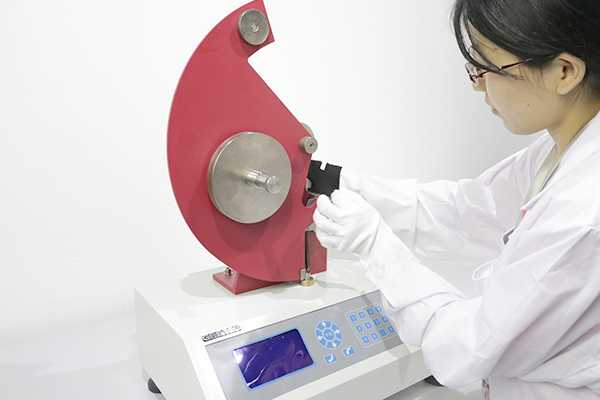What should I do if the material I want to test is not covered by any of these standards?

If the material you want to test is not covered by any existing standards, you can follow these steps to conduct your testing:
1. Define your testing objectives:
Clearly define the specific properties or characteristics you want to evaluate in the material. Determine the performance requirements or criteria that are relevant to your application. This will help guide your testing methodology and ensure that you focus on the most critical aspects.
2. Research similar materials or industries:
Look for similar materials or products that are already being tested or have established testing protocols. Explore relevant industries or research papers to gain insights into testing methods used for similar materials. This can provide a starting point for developing your own testing approach.

3. Consult with experts or testing laboratories:
Reach out to experts in the field or testing laboratories that specialize in materials testing. They can provide valuable guidance and expertise in developing a customized testing methodology for your specific material. They may have experience with similar materials or can help you adapt existing testing methods to suit your needs.
4. Conduct feasibility studies and pilot testing:
Before conducting full-scale testing, it's beneficial to perform feasibility studies or pilot testing. This allows you to assess the viability and effectiveness of your proposed testing methods on a smaller scale. It helps identify any challenges or modifications required before proceeding with comprehensive testing.
5. Develop a customized testing protocol:
Based on your research, consultations, and feasibility studies, develop a customized testing protocol that addresses your specific material and objectives. This protocol should outline the testing procedures, equipment, parameters, and acceptance criteria. It should be well-documented and repeatable to ensure consistency in your testing results.
6. Perform the testing and analyze the results:
Follow the developed testing protocol to conduct the testing on your material. Collect the necessary data and measurements according to the defined parameters. Once the testing is complete, analyze the results using appropriate statistical methods or comparative analysis to draw meaningful conclusions about the material's performance.
7. Document and report the findings:
Document all the testing procedures, observations, and results obtained during the testing process. Prepare a comprehensive report that summarizes the testing methodology, results, and any conclusions or recommendations. This report can be used for internal purposes, quality control, or external communication with stakeholders.
8. Consider future standardization efforts:
If your testing reveals valuable insights or establishes new criteria for evaluating the material, consider contributing to the development of future standards. Share your findings with relevant industry organizations, research institutions, or standardization bodies. Collaborating with others in the field can help drive the establishment of standardized testing methods for your material in the future.
Remember, while standards provide a useful framework, they may not cover all materials or specific applications. By following these steps and leveraging available resources, you can develop a customized testing approach that meets your specific needs and contributes to the knowledge base in your field.
2023-07-11 13:36

